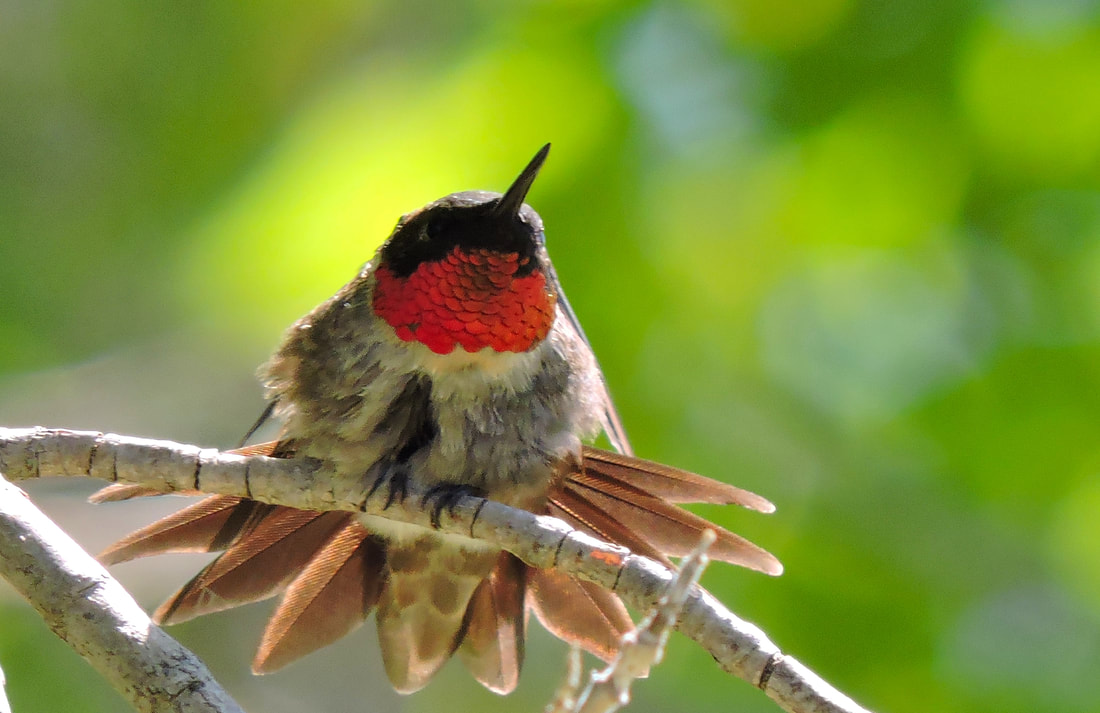Humming Blog |
 People are either receiving their first hummingbirds or about to, so feeders should be going up in many places, if they're not already up. Here's a general rule we should remember every year. Place your feeders out 10 days before the expected date of arrival for hummingbirds in your area. Hummingbirds can be very accurate with their timing, but there are far too many variables to rely solely on them showing up on one specific day. The fact is that the bird that showed up the previous years may not be the one that shows up this year. There are many young males and females from last summer that will be breeding for the first time, so many of them will be looking for new breeding grounds, and their times are very difficult to determine. Weather can play a huge factor in when they show up. Not only bad weather can affect their time, but the arrival of Spring can vary greatly from one year to the next. If flowers are not blooming yet in your region, it's less likely the hummingbirds will be in your region. Hummingbirds are very dependent on the blooming of flowers, and the hatching of insects. Cold weather delays both of these and therefore delays the hummingbirds. Don't wait to see your first hummingbird before you place out feeders. By the time you get your feeders out they could be miles away. Watch the hummingbird maps, or take a look at previous year's sighting maps to see when they were in your region. This year, and in future years, place your feeders out 10 days prior to that. You have nothing to lose but a small amount of nectar costing pennies, but you don't want to miss out on attracting additional hummingbirds, some of which may be earlier. So keep that 10 day rule in mind. Be prepared, and be ahead of the migration. It's better to lose a batch of nectar, than to miss out on a few males looking for a new breeding ground. The most consistent times for hummingbird arrivals would be in the prairie provinces of Canada, where hummingbirds have about a 7 to 10 day variance from the earliest year to the latest. Many regions across Eastern Canada can be a 15 to 30 day variance. The Eastern United States can also have a three week variance from one year to another in certain regions. In my garden I've seen a seven day variance from the earliest to the latest first arrival, and this is tracking them over the past 16 years. So follow the maps, and place feeders out before their expected time. Who knows, you may have an early bird or two. You may also be very surprised at how many birds pass through before your resident bird shows up.
0 Comments
Leave a Reply. |
Archives
June 2024
Categories
All
|
 RSS Feed
RSS Feed
